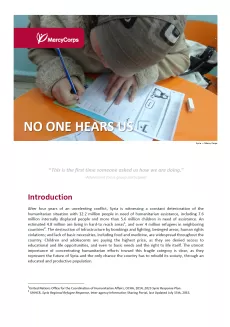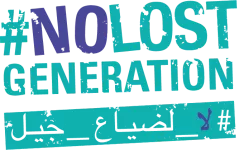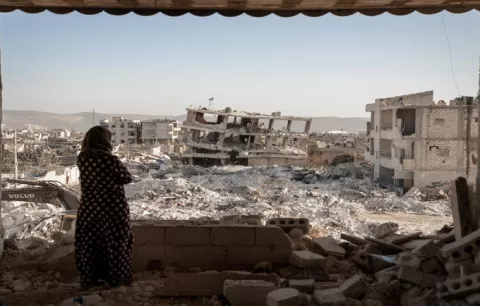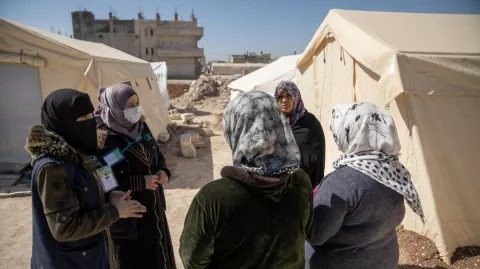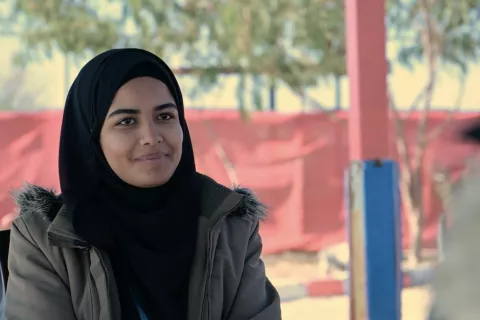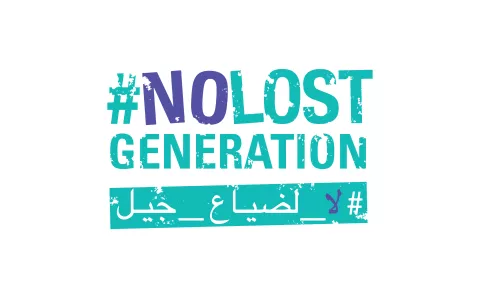No one hears us
Mercy Corps
Highlights
After four years on a n unrelenting conflict, Syria is witnessing a constant deterioration of the humanitarian situation with 12.2 million people in need of humanitarian assistance, including 7.6 million internally displaced people and more than 5.6 million children in need of assistance. An estimated 4.8 million are living in hard-to-reach areas, and over 4 million refugees in neighboring countries. The destruction of infrastructure by bombings and fighting; besieged areas; human rights violations; and lack of basic necessities, including food and medicine, are widespread throughout the country. Children and adolescents are paying the highest price, as they are denied access to educational and life opportunities, and even to basic needs and the right to life itself. The utmost importance of concentrating humanitarian efforts toward this fragile category is clear, as they represent the future of Syria and the only change the country has to rebuild its society, through an educated and productive population.
This assessment is part of the No Lost Generation Initiative, launched in January 2014 by governments, the United Nations and international and non-governmental organizations to address the immediate and long-term impacts of the Syria crisis on a generation of children and adolescents in Syria and the region.
In the framework of this global call to action, an Adolescent Assessment in Syria was conducted under the Department of Foreign Affairs and Trade Development (DFAT) funded "No Lost Generation Advancing Adolescents and Improving School Water and Sanitation" program, implemented in Jordan, Lebanon and Syria. The overall objective of the program is to reduce vulnerability of the crisis-affected people, particularly women and children. This assessment is intended to support the development of an appropriately tailored program and well-informed strategies to support adolescents. The main areas of focus were priorities and needs, gaps and coping mechanisms, adolescents' outlook and aspirations for the future, their role in the family and in the community, their engagement with the community and with which actors, and whom they turn to for support and to draw hope.
